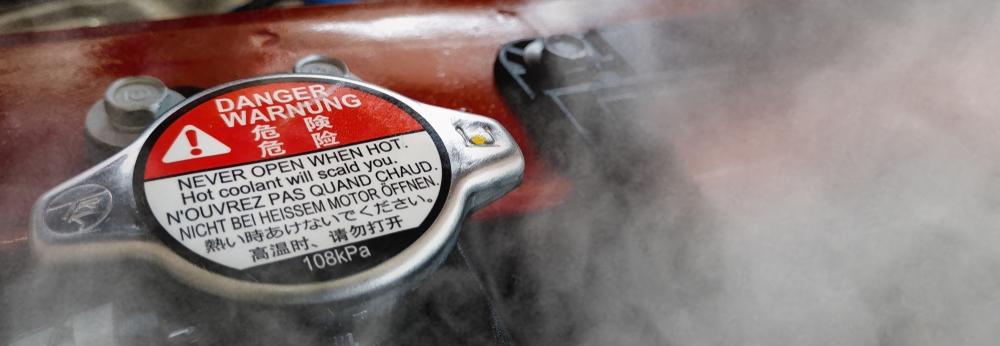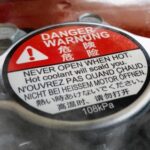
15 Apr Radiator Flush: Is My SUV Overdue For One?
 If you own an SUV, you know how important it is to keep up with all the factory-recommended routine maintenance services. The coolant in your SUV helps maintain the radiator’s temperature. It also has lubricants and anti-corrosion additives that get used up over time. As outlined in your owner’s manual, scheduling a radiator flush when you hit your time/mileage markers is important. Most SUVs do not like to drive with old & dirty coolant, so if your car shows any symptoms like engine overheating, leaking coolant, or HVAC issues, schedule a radiator flush right away.
If you own an SUV, you know how important it is to keep up with all the factory-recommended routine maintenance services. The coolant in your SUV helps maintain the radiator’s temperature. It also has lubricants and anti-corrosion additives that get used up over time. As outlined in your owner’s manual, scheduling a radiator flush when you hit your time/mileage markers is important. Most SUVs do not like to drive with old & dirty coolant, so if your car shows any symptoms like engine overheating, leaking coolant, or HVAC issues, schedule a radiator flush right away.
Symptoms That Require Service
We all know that ‘normal driving conditions’ rarely exist in the real world. We can often be stuck in traffic for extended periods or experience extreme weather outside the norm. Due to circumstances beyond your control, your SUV may need service before the recommended time/mileage marker. Below are a few symptoms requiring immediate service to avoid catastrophic damages.
Engine Overheating
If your SUV’s engine exceeds the normal temperature range, stop driving it and get it towed to a service station as soon as possible. Driving your SUV with an overheating engine can cause expensive repairs, such as cylinder head gasket failure, engine block damage, or cylinder head warping. It’s always better to be safe than sorry when it comes to your SUV’s cooling system.
Leaking Coolant
If your SUV leaks coolant, you will notice a fluorescent, sweet-smelling stain under your car. The coolant system is a closed system, so there should never be overflow or leaks in evidence. If you see or smell coolant/antifreeze, check under the hood. Common sources of leaking coolant include a cracked radiator, brittle hoses, or a faulty water pump. Any leaking coolant should be diagnosed and serviced right away. Be aware that automotive coolant/antifreeze is toxic and should be cleaned immediately. It harms young children, pets, and wildlife attracted to its sweet smell.
Low Coolant Indicator Light
Driving your SUV with low coolant is a recipe for disaster. If the coolant indicator light comes on, take care of it immediately. To inspect the coolant level, find the coolant reservoir under the hood. It’s usually a translucent plastic tank with a cap labeled ‘coolant’ or ‘antifreeze.’ The coolant level should be somewhere between the ‘min’ and ‘max’ markings on the side of the tank. If it’s low, add more of the specific coolant recommended in your owner’s manual. If you prefer to schedule a service, mention that your low coolant indicator light is on.
HVAC Issues
The HVAC system in your SUV may not be working for several reasons, but let’s focus on coolant-related reasons here. HVAC issues are usually found with the following components:
Faulty Heater Control Valve
Leaking coolant from a faulty heater control valve can cause the engine to overheat. A technician must replace the valve and perform a radiator flush to purge contaminants from the cooling system.
Clogged Heater Core
A clogged or damaged heater core can make the interior of your SUV smell sweet (that’s the coolant), and it may get more intense when the heater is running. With routine cooling system maintenance, the heater core can last the life of your vehicle. Skipping routine maintenance may damage the heater core, requiring an immediate replacement and a radiator flush service.
SUV Routine Maintenance
Depending on your vehicle’s age and model, expect to schedule a radiator flush every 2-3 years or 30,000-50,000 miles. Newer models may come with ‘extended-life coolant’ that may last up to 100,000 under normal driving conditions. Always check your owner’s manual for your model SUV’s recommended routine maintenance schedule.
Radiator Flush or Coolant Fill?
Your owner’s manual may indicate a radiator flush or a coolant fill at specific time/mileage intervals. Follow the manual’s suggestions unless damage or other factors prompt a service to happen more frequently. What’s the difference between a radiator flush and a coolant fill?
Radiator Flush
A radiator flush drains all the coolant from the vehicle under pressure. Then distilled water plus a cleaning agent is filled into the cooling system. This fluid is then completely drained, removing contaminants, scale, rust, and foreign particles. Finally, the system is refilled with fresh, factory-recommended coolant.
Coolant Fill
A coolant fill drains out the old coolant via gravity and refills the system with fresh, factory-recommended coolant.
Choose the Correct Coolant
All off-the-shelf coolants are not created equal and can harm your SUV if you use the wrong formula. Using the incorrect coolant can cause corrosion, clogs, and other cooling system issues. If you have questions, consult your owner’s manual or ask a qualified auto technician for recommendations.
Distilled Water
Distilled water should always be used to get the correct mixture of coolant and water. Never use regular tap water, as it contains minerals and additives that should not be in your SUV’s cooling system.
Radiator Flush Service in Ann Arbor, MI
At Ron’s Garage, our skilled technicians utilize computer diagnostic equipment to communicate with your vehicle’s on-board analytical system. This allows us to quickly diagnose issues, suggest necessary repairs, and get you back on the road.
Schedule Your Service
Call us at (734) 961-4701 or visit our website to schedule your next radiator service appointment.

